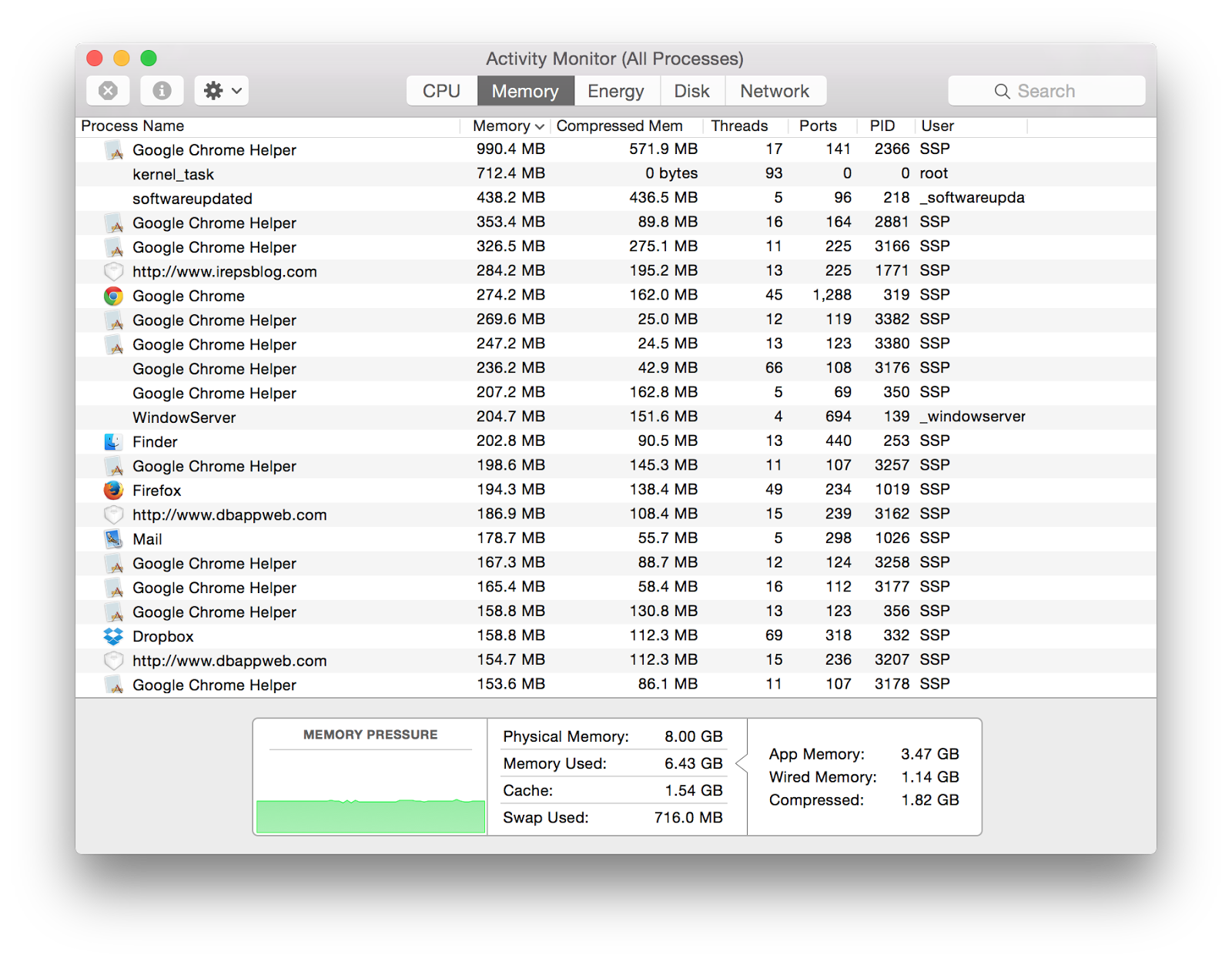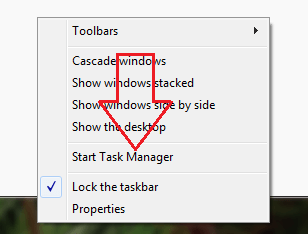


But don't worry, we’ll discuss how to use Activity Monitor in a moment. If you've never used this task manager for Mac before, it can be quite a lot to take in. What is Activity Monitor?Īctivity Monitor is basically an alternative to Windows Task Manager, a utility that shows how much memory your Mac processes are using and which apps are currently active (even if they aren't open), letting you force quit stalled ones if you can't close them the usual way. Restart Outlook for this change to take effect.So how to get Task Manager on Mac? Easy! There's already an OSX Task Manager pre-installed (or rather the Mac equivalent of Task Manager) - called Activity Monitor, which you can find in Applications > Utilities.īelow is a guide for long-time Windows users in the process of onboarding to Mac and hence wondering, "Where is Task Manager?" "How to get Task Manager on Mac?" "How to open Task Manager on Mac?" Mac users who haven't used the MacBook Activity Monitor in a while will find the instructions on how to halt Mac processes useful as well. Highlight the profile that you want, access Set the default profile, and choose Set as Default. Select the profile that you want to remove, and then choose the Delete the selected profile button. Select the Create a new profile button, and then enter a name for the new profile.ĭouble-click the profile, and then enter a new name for the profile. Open Contents > SharedSupport, and then launch Outlook Profile Manager. Add, change, or delete a profileįrom Finder, open the Applications folder.Ĭtrl+click or right-click Microsoft Outlook, and then select Show Package Contents. To learn more about how to create user accounts, see Mac Help. Outlook profiles don't offer password protection, and Spotlight searches from the Finder will locate Outlook items from all the profiles in the current user account.

Important: If more than one person uses the same computer, Outlook profiles don't offer as much privacy as separate user accounts in the Mac OS.


 0 kommentar(er)
0 kommentar(er)
